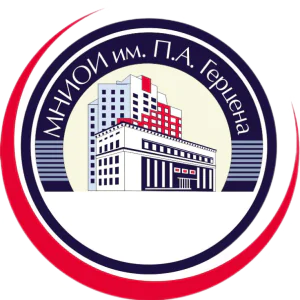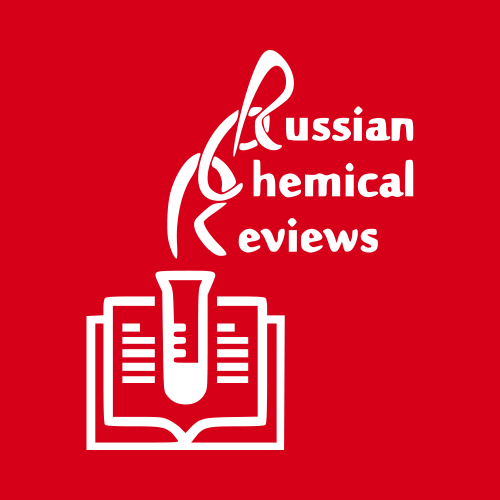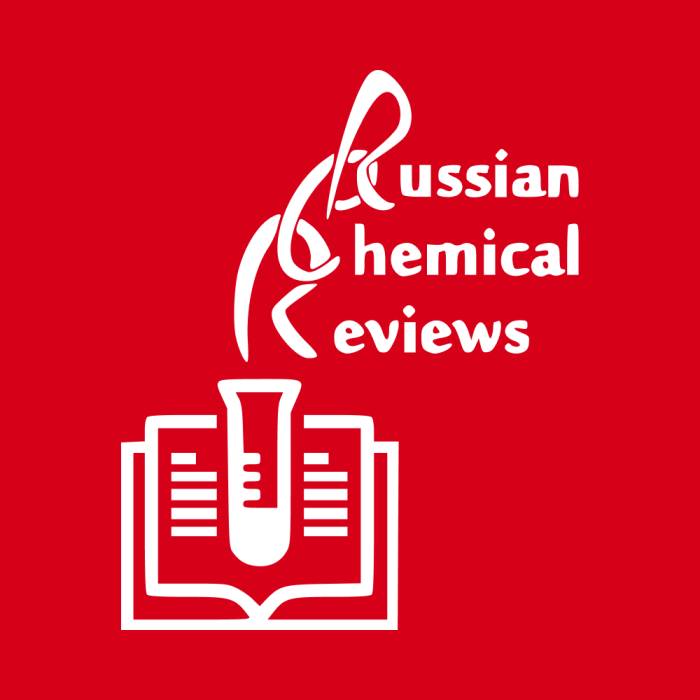
AlphaFold predicted structure of the Hsp90-like domains of the neurodegeneration linked protein sacsin reveals key residues for ATPase activity
The ataxia-linked protein sacsin has three regions of partial homology to Hsp90’s N-terminal ATP binding domain. Although a crystal structure for this Hsp90-like domain has been reported the precise molecular interactions required for ATP-binding and hydrolysis are unclear and it is debatable whether ATP biding is compatible with these domains. Furthermore, the Identification of a sacsin domain(s) equivalent to the middle domain of Hsp90 has been elusive. Here we present the superimposition of an AlphaFold structure of sacsin with yeast Hsp90, which provides novel insights into sacsin’s structure. We identify residues within the sacsin Hsp90-like domains that are required for ATP binding and hydrolysis, including the putative catalytic arginine residues equivalent to that of the Hsp90 middle domain. Importantly, our analysis allows comparison of the Hsp90 middle domain with corresponding sacsin regions and identifies a shorter lid segment, in the sacsin ATP-binding domains, than the one found in the N-terminal domain of Hsp90. Our results show how a realignment of residues in the lid segment of sacsin that are involved in ATP binding can better match equivalent residues seen in Hsp90, which we then corroborated using molecular dynamic simulations. We speculate, from a structural viewpoint, why some ATP competitive inhibitors of Hsp90 may not bind sacsin, while others would. Together our analysis supports the hypothesis that sacsin’s function is ATP-driven and would be consistent with it having a role as a super molecular chaperone. We propose that the SR1 regions of sacsin be renamed as HSP-NRD (Hsp90 N-Terminal Repeat Domain; residues 84-324) and the fragment immediately after as HSP-MRD (Hsp90 Middle Repeat Domain; residues 325-518).
Top-30
Journals
|
1
|
|
|
Russian Chemical Reviews
1 publication, 20%
|
|
|
Molecular genetics & genomic medicine
1 publication, 20%
|
|
|
Journal of Hazardous Materials
1 publication, 20%
|
|
|
Molecular Neurobiology
1 publication, 20%
|
|
|
Archives of Biochemistry and Biophysics
1 publication, 20%
|
|
|
1
|
Publishers
|
1
2
|
|
|
Elsevier
2 publications, 40%
|
|
|
Autonomous Non-profit Organization Editorial Board of the journal Uspekhi Khimii
1 publication, 20%
|
|
|
Wiley
1 publication, 20%
|
|
|
Springer Nature
1 publication, 20%
|
|
|
1
2
|
- We do not take into account publications without a DOI.
- Statistics recalculated weekly.









